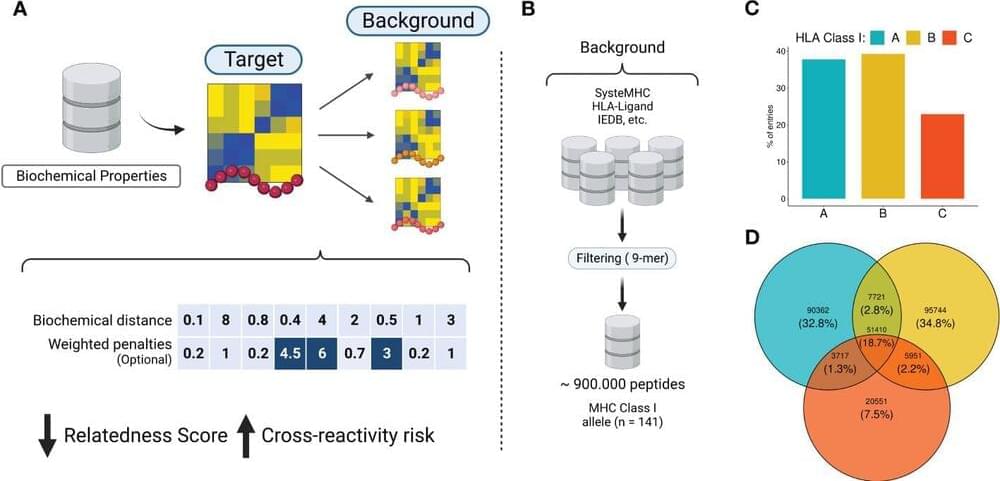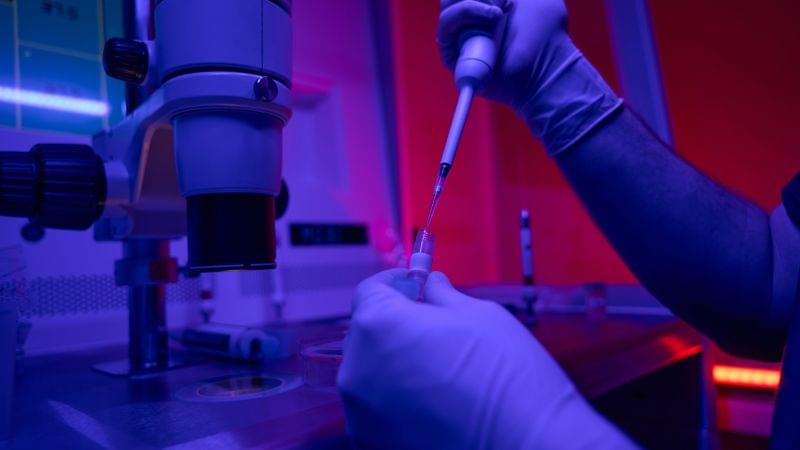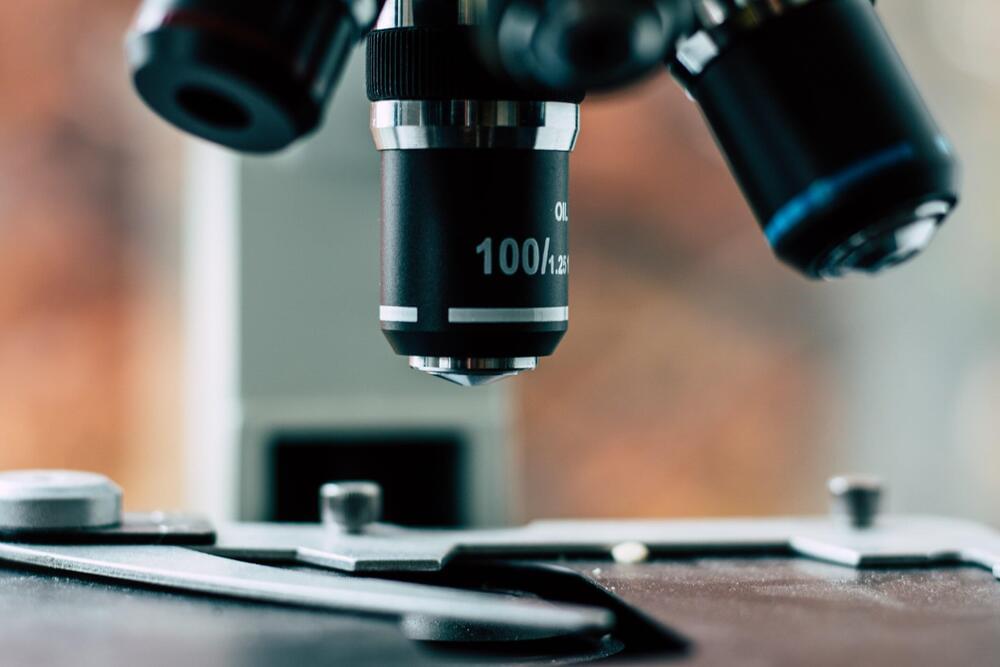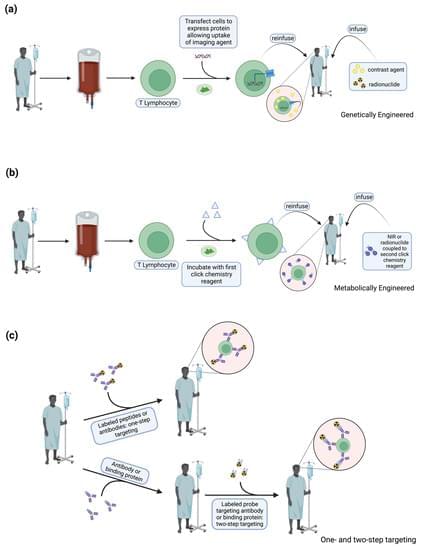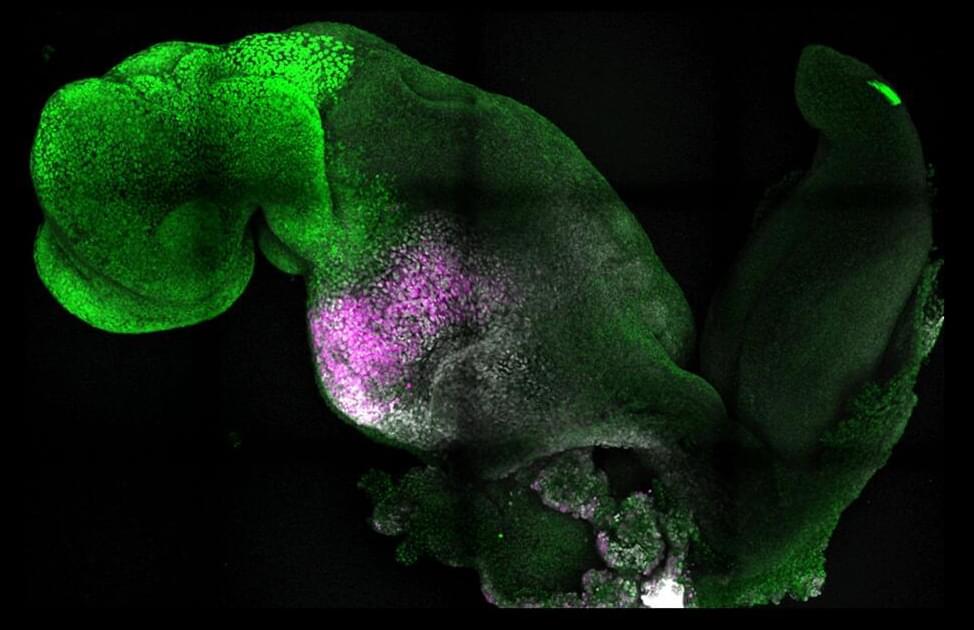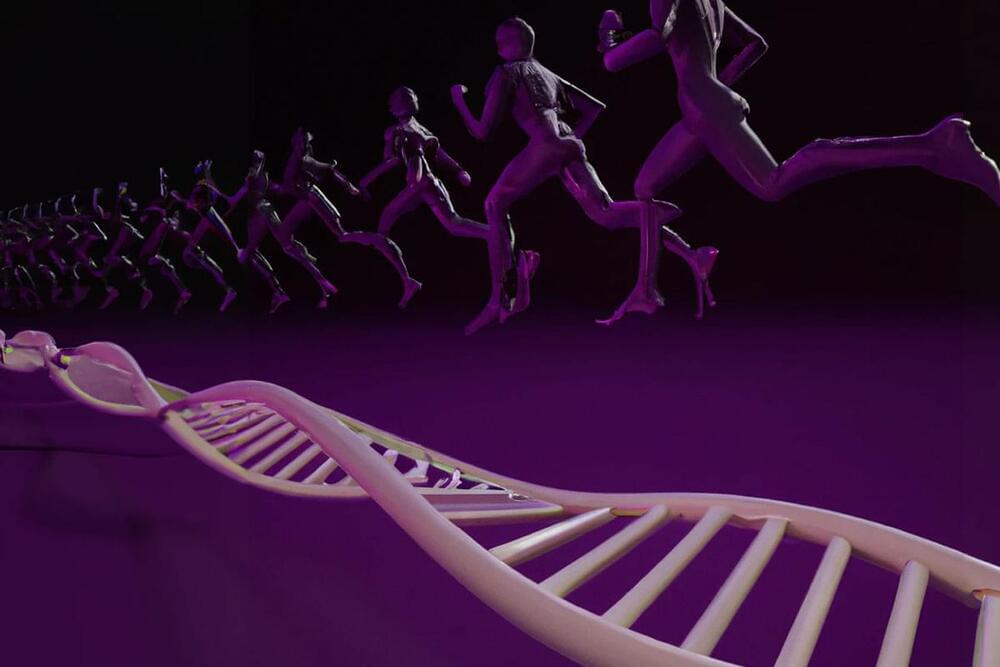In short, data-driven solutions themselves are only part of the overall approach. It is the effective integration of this fast-evolving technology into existing workflows and processes that leads to successful business outcomes.
The first step to integrating AI is identifying places and processes where it can help increase efficiency or accuracy. Businesses should step back and identify their pain points, creating a list of processes that are slow, tedious, cumbersome or suffering from a lack of staff. They should also analyze where additional data or information could help make better decisions.
In the pharma industry, data-driven AI solutions have been widely adopted in sales and marketing processes. For example, by analyzing patient and physician data, electronic medical records and demographic information, AI algorithms can identify trends, patterns and insights that help sales representatives tailor their messaging and presentations to specific HCPs.

